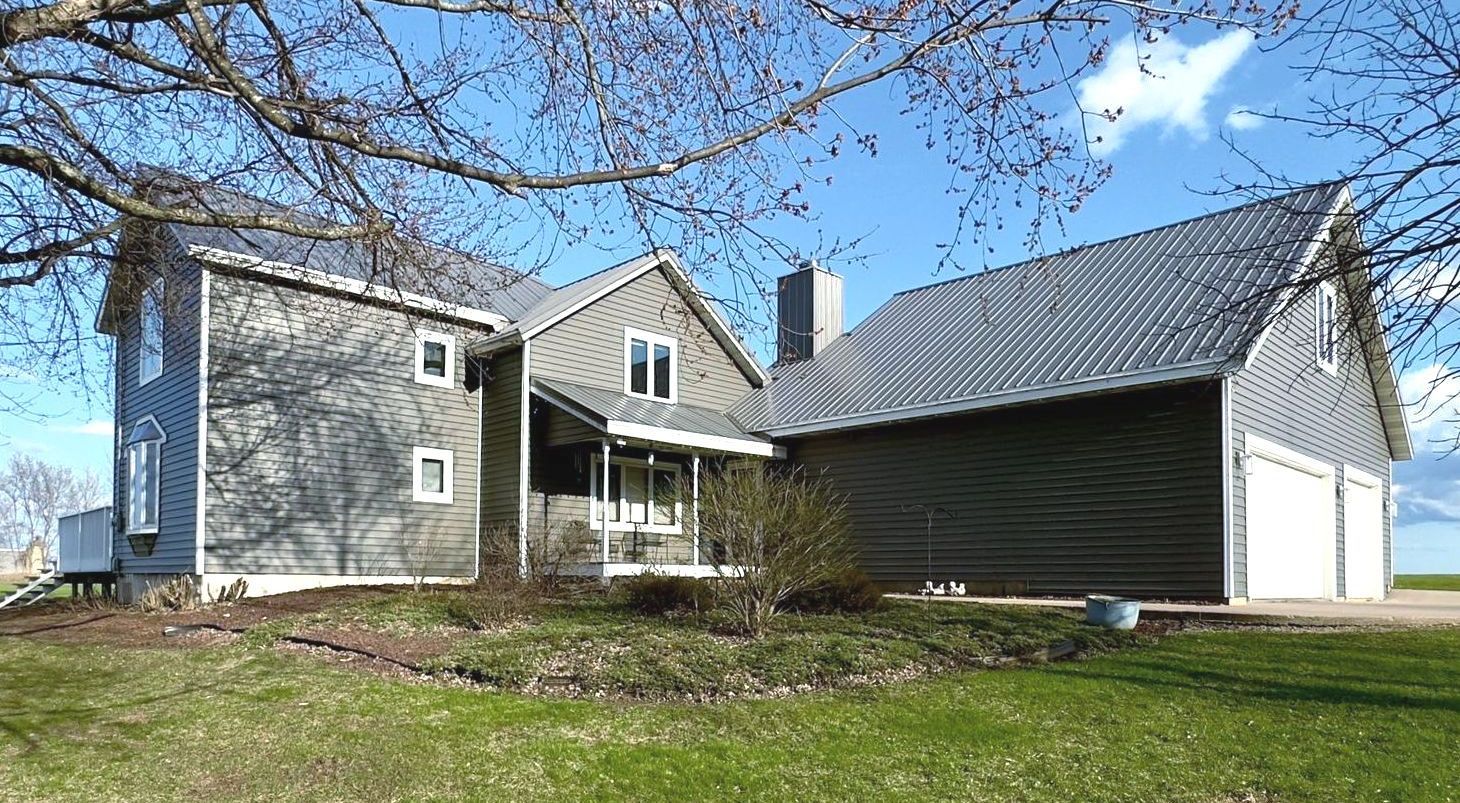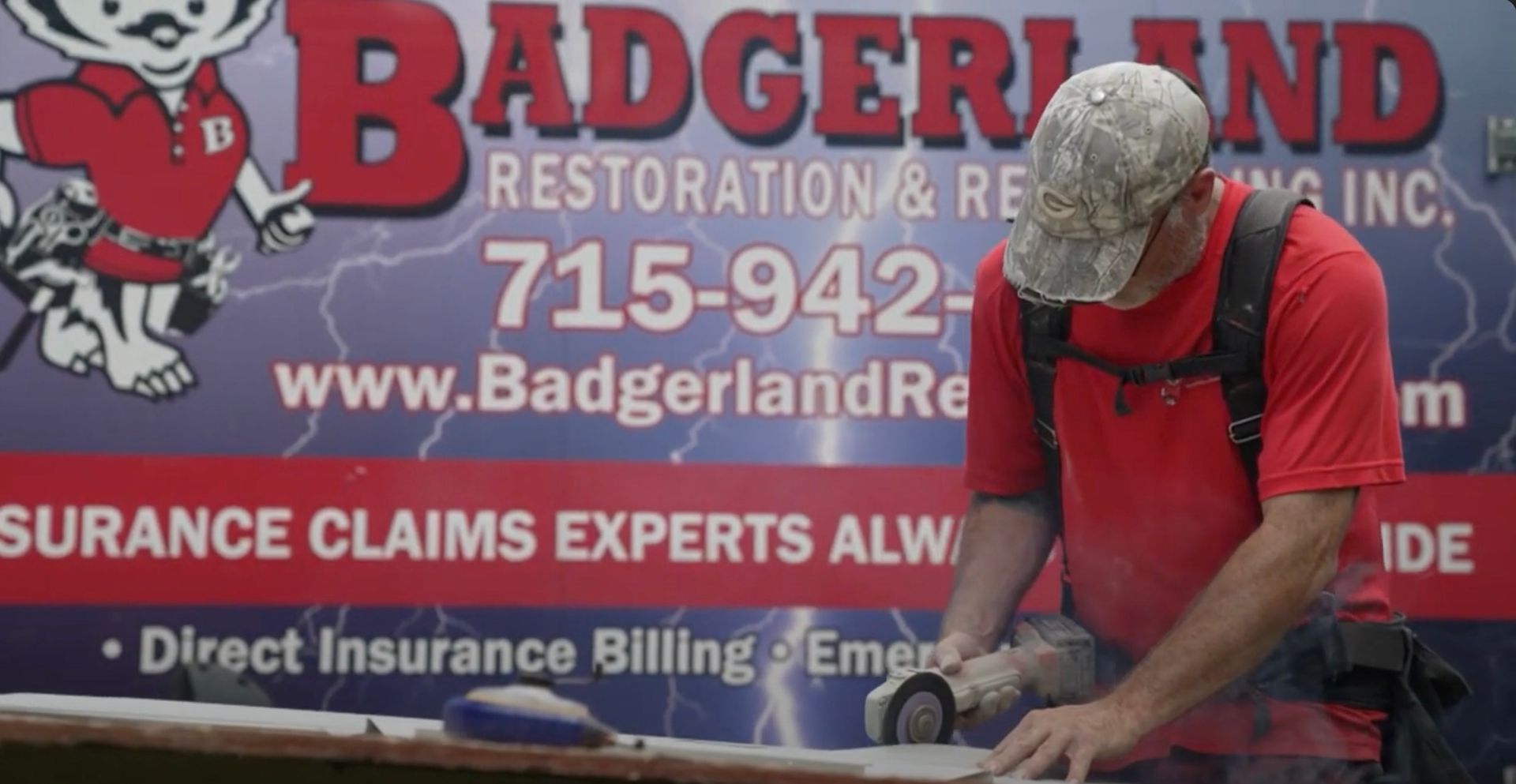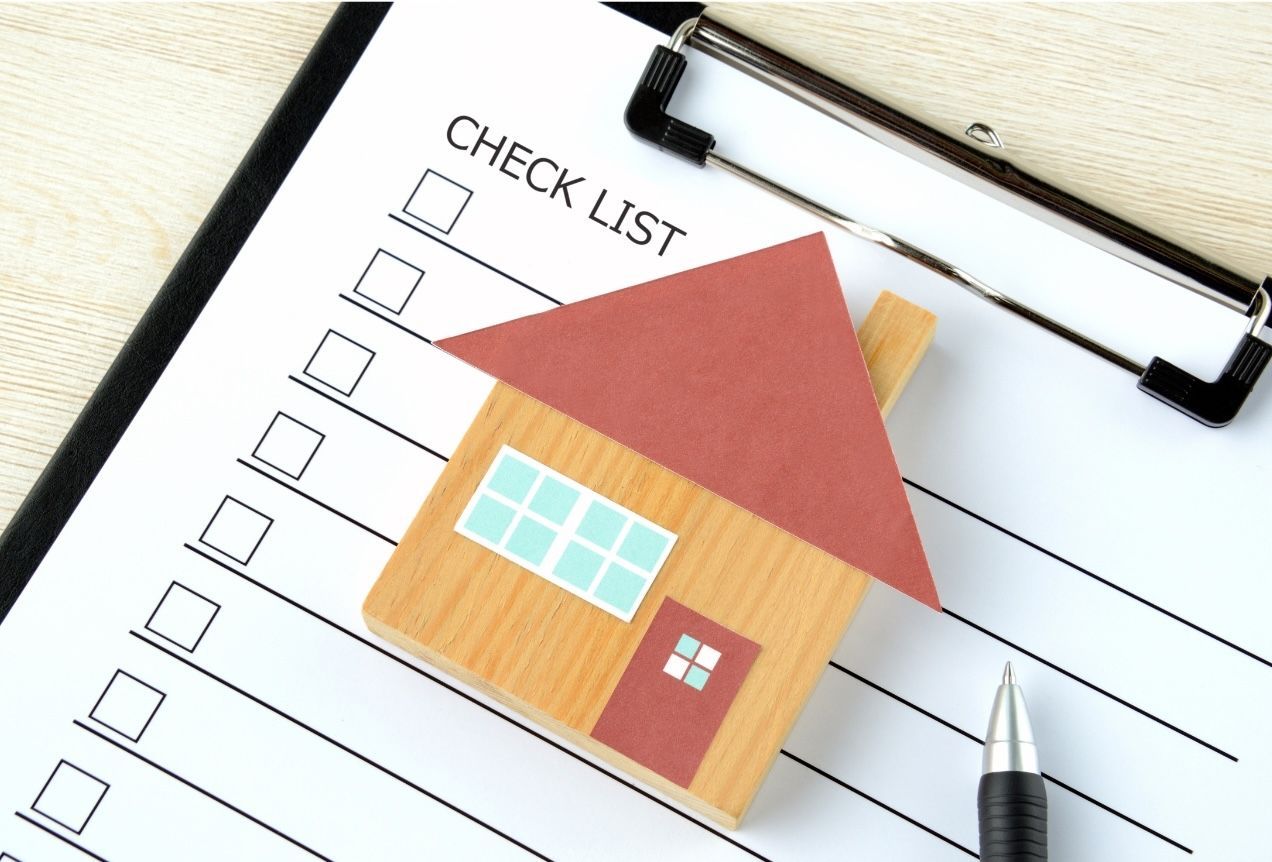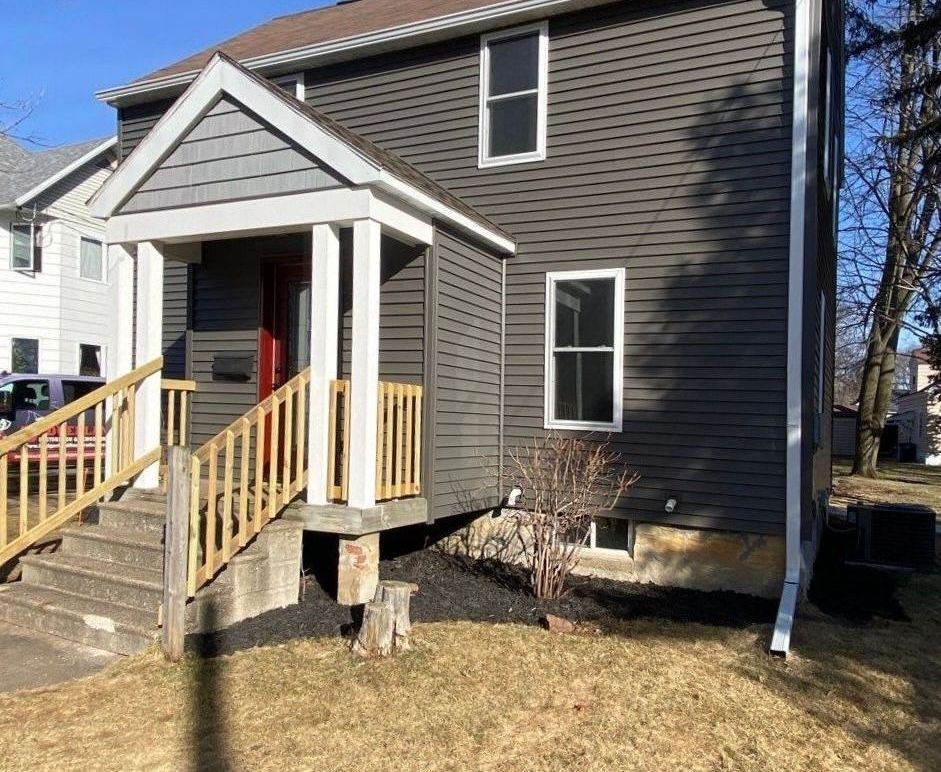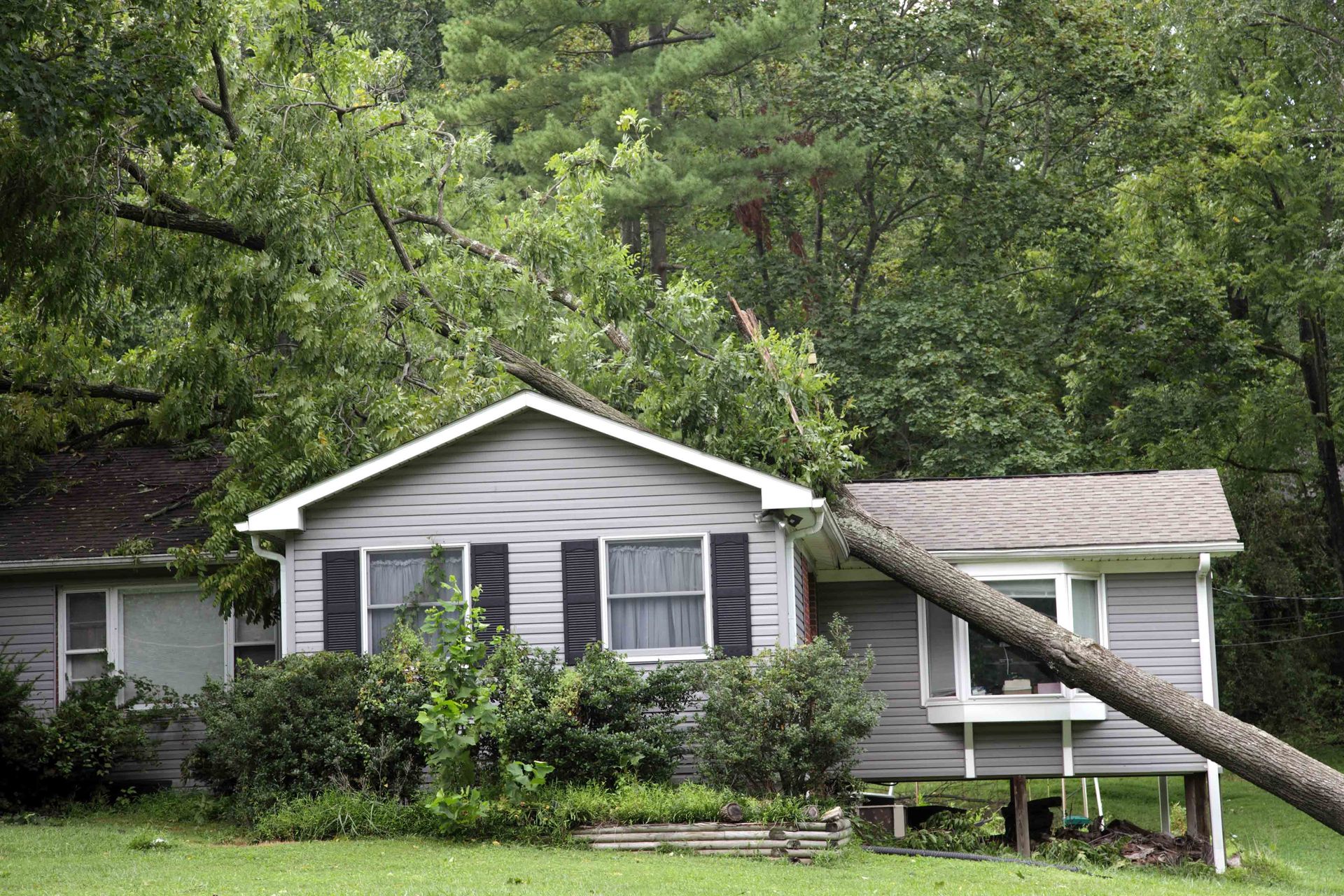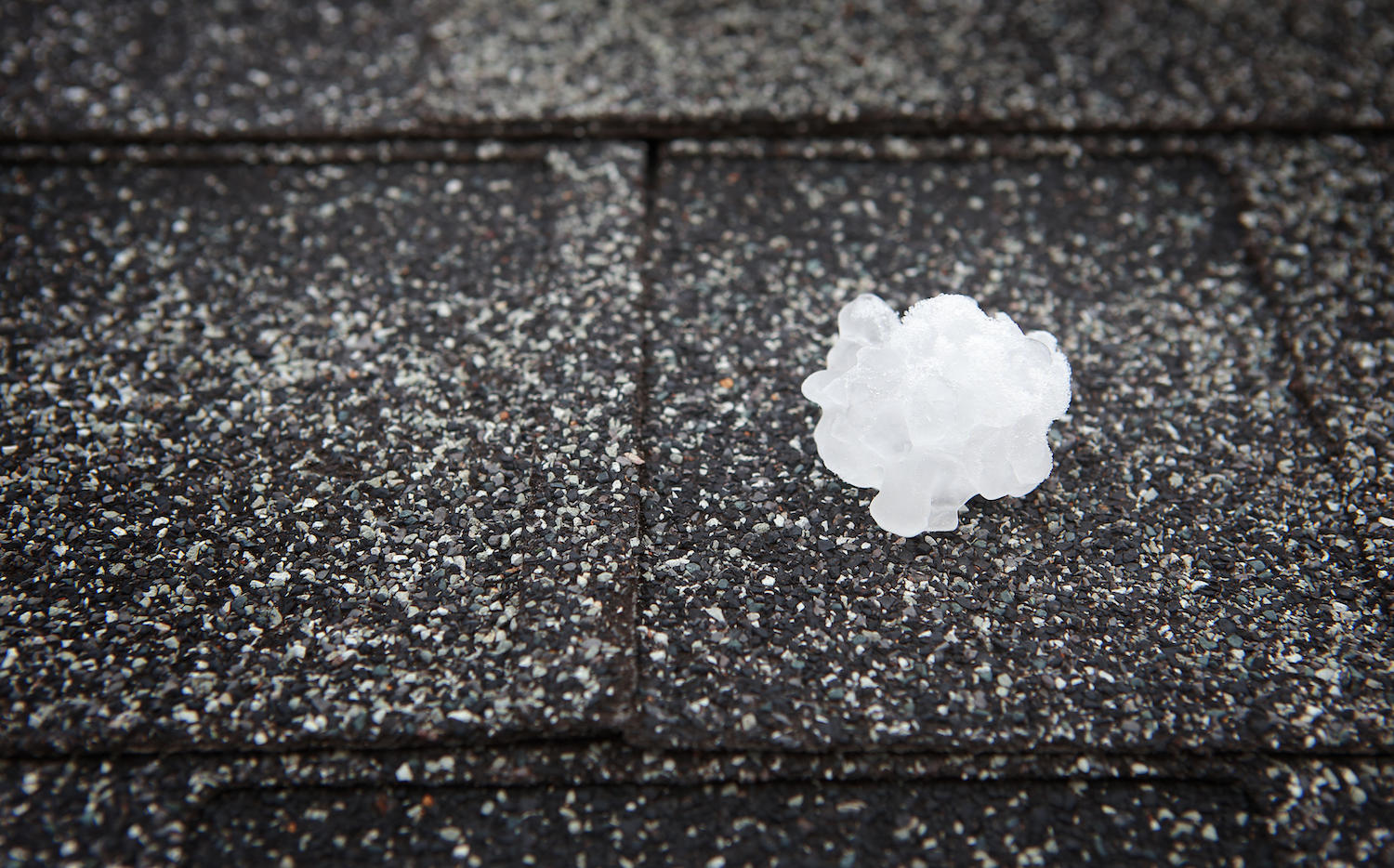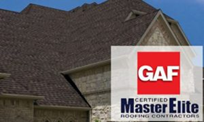Roof Ice Dams: Understanding , Fixing, & Preventing Winter Hazards
How to prevent ice dams from damaging your roof. Home tips from your local roofer in Waupaca WI
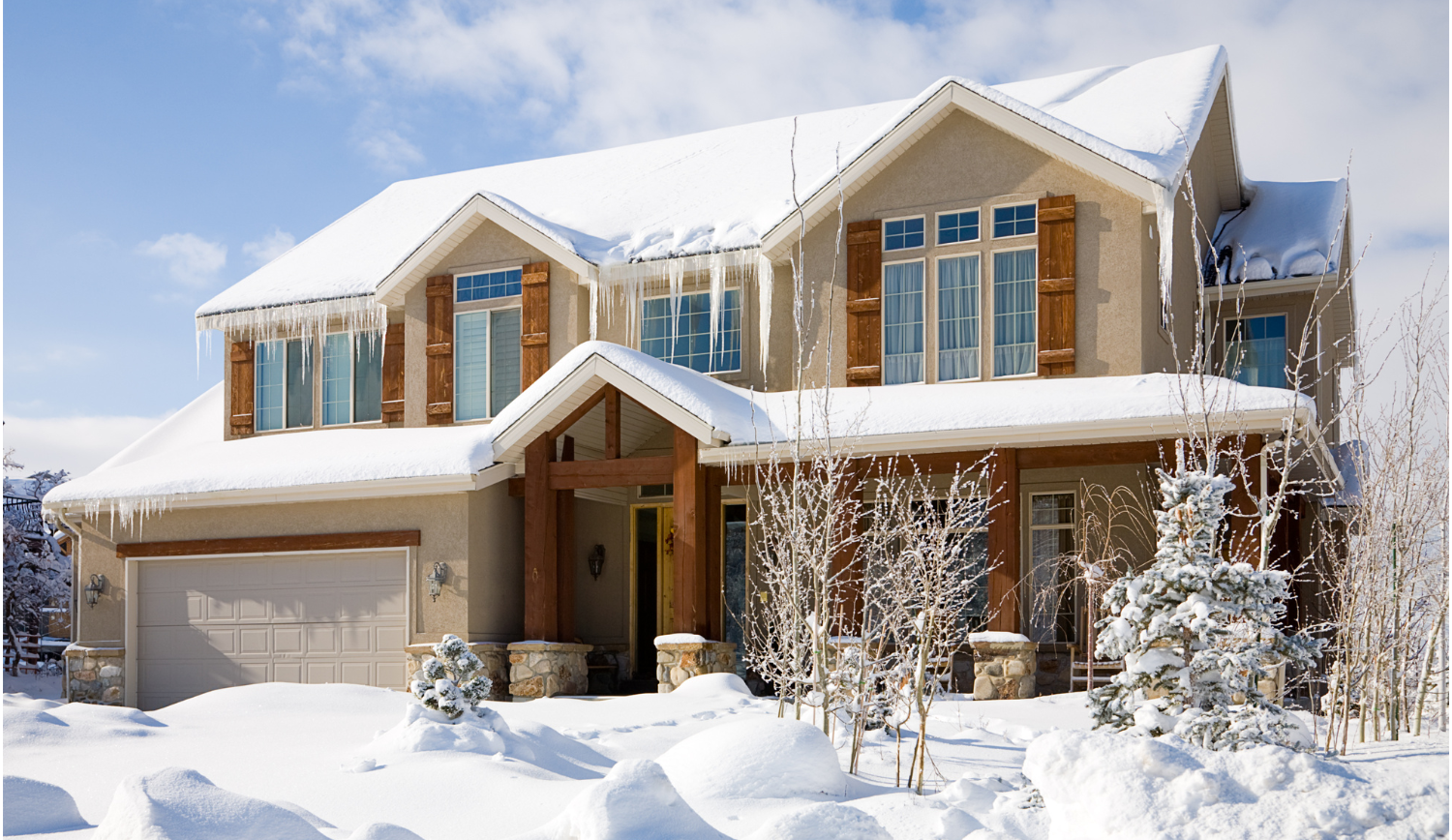
As winter sets in, it's essential to be aware of potential hazards that can affect our homes. One such concern is roof ice dams. In this blog, we'll dive into what roof ice dams are, the damage they can cause, effective ways to fix them, and preventive measures to keep them at bay.
What is a Roof Ice Dam?
A roof ice dam forms when snow on the roof melts, flows down to the colder roof edges, and freezes, creating a barrier of ice. As this cycle repeats, the ice dam grows, hindering proper drainage of water from the roof.
Damage Caused by Ice Dams:
Ice dams can wreak havoc on your roof and home, leading to several issues. Here are some common damages caused by ice dams:
1. Roof and structural damage: The weight of the ice dam can strain the roof structure, potentially causing leaks, damaged shingles, and even structural integrity issues.
2. Water leaks: When water backs up behind the dam, it can seep into your roof, resulting in water stains, peeling paint, sagging ceilings, and even mold growth.
Fixing Ice Dams
To address ice dams effectively, it's crucial to take immediate action. Here's a step-by-step guide to fixing them:
1. Safely remove snow: Use a roof rake or a long-handled broom to remove snow from the roof, focusing on the lower sections near the edges. This prevents further melting and freezing.
2. Create channels for drainage: Place calcium chloride ice melt in pantyhose and lay them vertically across the ice dam. This helps melt the ice and create paths for water to drain.
3. Address underlying issues: Consult a professional roofer or handyman to assess your roof's insulation and ventilation. They can identify any deficiencies and recommend improvements to prevent future ice dams.
Preventing Ice Dams
Prevention is key when it comes to ice dams. Here are some effective preventive measures:
1. Proper insulation: Ensure your attic is well-insulated to minimize heat loss from your living spaces to the roof. This helps maintain a more uniform roof temperature.
2. Attic ventilation: Improve attic ventilation by installing vents, soffit vents, or ridge vents. Proper air circulation helps regulate roof temperature and prevents snow from melting and refreezing.
3. Seal air leaks: Identify and seal any air leaks in your attic, such as gaps around light fixtures, chimneys, or exhaust fans. This prevents warm air from escaping, reducing the risk of ice dams.
4. Clean gutters and downspouts: Regularly clean debris from gutters and downspouts to ensure proper water flow. Clogged gutters can contribute to ice dam formation.
5. Heat cables: In areas prone to heavy snowfall, consider installing heat cables along the roof edges. These cables help melt snow and ice, preventing dams from forming.
Roof ice dams can cause significant damage to your home, but with proper knowledge and preventive measures, you can protect your roof from these winter hazards. Remember to remove snow, create drainage channels, and address insulation and ventilation issues. By taking proactive steps, you'll ensure a safe and secure home during the winter months. Stay warm and keep your roof ice dam-free!

